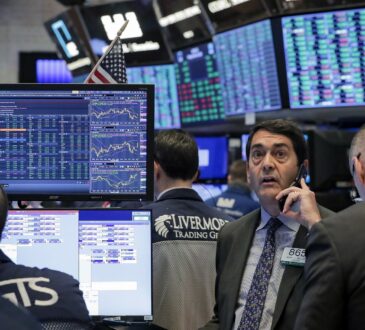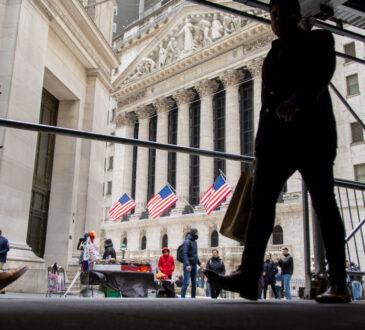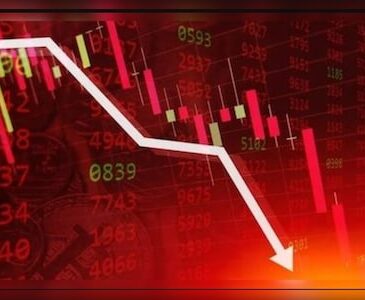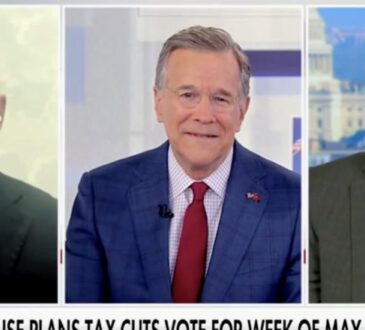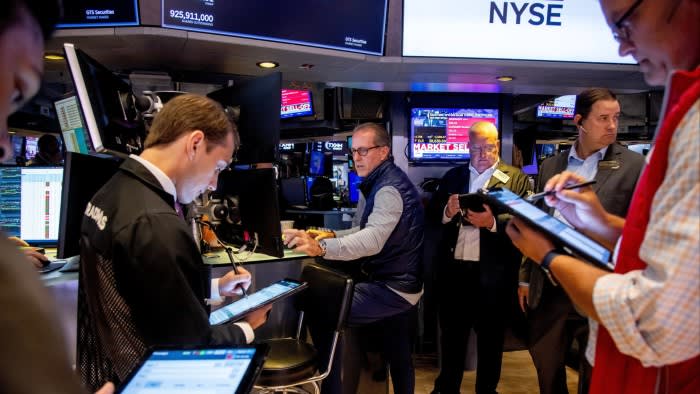
Unlock the Editor’s Digest for free
Roula Khalaf, Editor of the FT, selects her favourite stories in this weekly newsletter.
One major positive to be found in the latest bout of market madness is that, mercifully, the safety net worked.
Stock markets went through a mincing machine earlier this summer, in a shock that has left investors and analysts scratching their heads and wondering what just happened. For those lucky enough to have missed it, the short answer is that some weak US economic data generated an excuse to sell, and fiddly technical factors made the whole thing worse, only for markets to snap back to where they started, near enough, within days. It was a case of classic low-liquidity summer market conditions, with a little extra spice.
Ultimately, it all meant very little apart from that fund managers are quick to hit the sell button on stocks when they know they have ridden a powerful rally higher for months. After all, no one knows quite how markets will respond when interest-rate cutting season kicks off in the US, most likely next month.
The experience has all left money managers somewhat more cautious. It turns out stocks go down as well as up — who knew? The good news is that investors can now face that challenge with some degree of certainty that, if they have balanced out their risks, the shock absorbers should work, because in this instance, when stocks took a hit, bond prices rushed higher.
Now, you can argue (as I have) that bond prices rushed too high and too fast. The leap to the view expressed in rates markets that one disappointing US employment report could push the Federal Reserve into an emergency interest rate cut was plainly ridiculous. Markets were “spooked”, said Vas Gkionakis, a strategist at Aviva Investors. “Maybe the bond market is right and we are wrong,” he said, but he doubts it.
Excessive excitability aside, however, this is a return to the good old days, when bonds and stocks moved in opposite directions and the practice of keeping 40 per cent of a portfolio in bonds, and 60 per cent in stocks, was a classic formulation.
This strategy has come in for scrutiny, for which read a kicking, since it failed horribly in 2022. Then, soaring inflation, which is bad enough for bond prices on its own, meant central banks were jacking up interest rates aggressively — also bad for bond prices — while stocks also dropped hard and fast. Investors had nowhere to hide, because while bonds are a perfectly good hedge for economic contraction, they do not cope well with inflation, which eats in to the real value of the funds returned to investors.
Now, though, the fear is not so much a resurgence of inflation (fingers crossed), but economic contraction, possibly even induced by tight monetary policy. For investors, such moments are essentially what bonds are for.
In addition, bonds are delivering some of the highest yields in years. At the height of loose monetary policy, when central banks held interest rates at or even below zero to try to stir up inflation after the 2008 crisis, many bonds yielded nothing at all. Nearly $18tn worth of debt yielded less than nothing at the end of 2020, Bank of America calculations show, which means investors were, in effect, paying to hold it. It is going to be hard to explain this to the next generation of traders. Let’s just say it was a weird time — but the weirdness is over.
Instead, the benchmark 10-year US government bond yields around 3.8 per cent. The heady days of 5 per cent yields almost a year ago may be over, and persistent quirks mean two-year debt still yields a little more, but that’s still at the upper end of what this asset has provided since the financial crisis.
“We think risks are skewed towards more policy easing than currently priced in by markets, allowing . . . bonds to provide investors with protection against equity market declines,” said Simon Dangoor, head of fixed income macro strategies at Goldman Sachs Asset Management. “With high starting rates, front-end yields have more room to fall compared to the last cycle,” he added — a nod to the close ties between policy rates and short-term yields.
The problem with proclaiming that bonds are back is that we have been here before. Multiple times. And it has repeatedly gone wrong as inflation has proved hard to defeat.
“Don’t get too excited,” GlobalData TS Lombard warns. “Unless there is a recession or a material weakening in the labour market (not our base case), there is a good chance that the Fed’s recalibration of monetary policy will be more gradual,” Andrea Cicione and Daniel Von Ahlen wrote in a note. Generally speaking, without a recession, 10-year yields drop before rate-cutting cycles start, and then settle in to a range. If markets give up on the idea of a US recession (yes, again) then the 10-year yield could stretch back up to 4 per cent or higher, they wrote — a drop in price that would hurt and irritate in equal measure. “Bonds are not the free ride they used to be,” they said.
That scepticism is reasonable. This safety net has holes in it. For now, though, the mere fact that it held is a big reason why stocks have been able to recover so swiftly from their summertime swoon.

